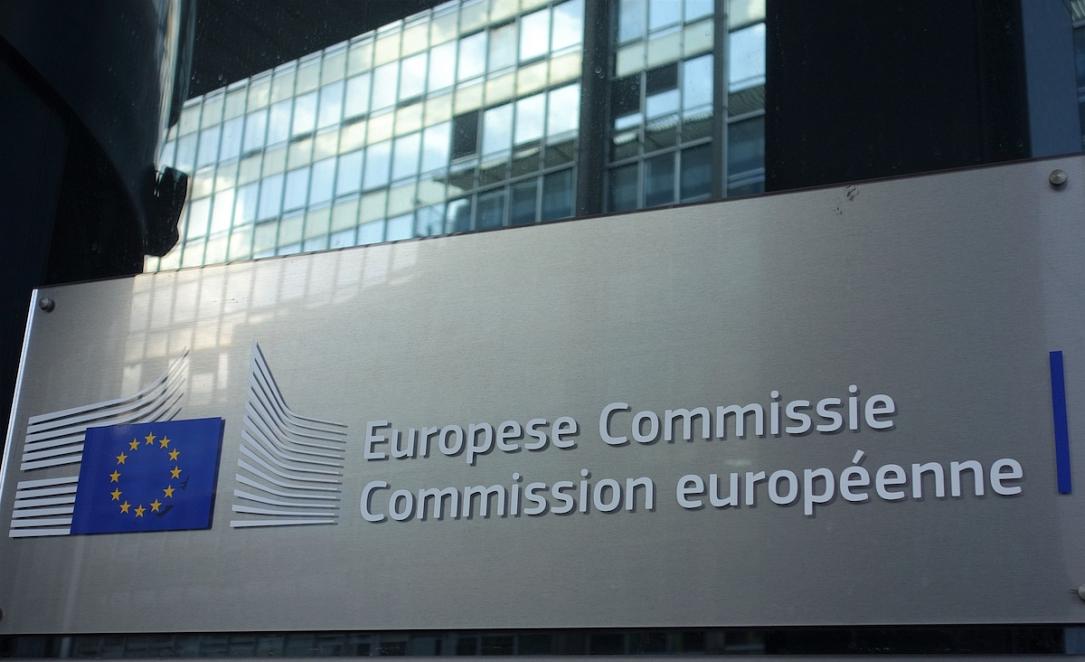EC In-Depth Review finds Romania’s net external debt rising but largely “non-defaultable”

Romania’s net international investment position (NIIP, or net external debt) of around 40% of GDP currently would exceed 60% in 2031 and 70% of GDP until the end of the forecast period in 2033 under the baseline scenario (no change in policies), according to the In-Depth Review 2024 report compiled by the European Commission.
On the upside, the risks to the country’s external position are partly mitigated by the favorable NIIP structure, as non-defaultable instruments account for the bulk of net liabilities and are composed mostly of foreign direct investments.
However, the Commission concludes that the large current account, large government deficits, and high inflation rate, which are all above pre-pandemic levels, make Romania’s economy potentially vulnerable to shocks.
Under unchanged policies, risks related to the external position are expected to remain elevated in the coming years.
A main driver of the elevated current account deficit is the large underlying fiscal deficit, which has not been corrected sufficiently in recent years.
Under current policies, the persistence of high government deficits may push up external indebtedness and make Romania more reliant on external financing sources, leaving the country vulnerable to changes in investor sentiment and external shocks.
iulian@romania-insider.com
(Photo source: Cineberg Ug/Dreamstime.com)












